Home>Home Maintenance>07 F150: Where Does The Outside Air Sock In For The Ventilation System


Home Maintenance
07 F150: Where Does The Outside Air Sock In For The Ventilation System
Modified: March 6, 2024
Learn where the outside air sock in for the ventilation system is located in the 07 F150. Find home maintenance tips and tricks for your vehicle.
(Many of the links in this article redirect to a specific reviewed product. Your purchase of these products through affiliate links helps to generate commission for Storables.com, at no extra cost. Learn more)
Introduction
When it comes to the comfort of your Ford F150, having a well-functioning ventilation system is essential. Whether it’s the scorching heat of summer or the bone-chilling cold of winter, being able to regulate the temperature inside your truck can make all the difference in your driving experience.
Understanding how the ventilation system works is the first step in ensuring its optimal performance. It’s not just about the air conditioning or heating; it’s about the proper circulation of fresh air from the outside as well. In this article, we will explore where the outside air enters the F150’s ventilation system and its significance in maintaining a healthy and comfortable cabin environment.
But before we delve into the specifics, let’s briefly discuss the importance of having an efficient outside air intake in your truck.
Key Takeaways:
- Your F150’s ventilation system brings in fresh air through the outside air inlet, keeping the cabin comfortable and healthy. Regular maintenance, like changing the air filter, ensures optimal airflow for a pleasant driving experience.
- Locating and maintaining the outside air inlet near the windshield ensures clean air circulation in your F150. This helps remove odors, balance humidity, and create a cozy environment for you and your passengers.
Read more: What Size Tool Box For F150
Understanding the F150 Ventilation System
The ventilation system in your F150 is responsible for circulating fresh air, removing pollutants, regulating temperature, and maintaining a comfortable cabin environment. It consists of various components, including the blower motor, air conditioning system, heating system, and air ducts.
When you turn on the ventilation system, the blower motor begins to forcefully draw in air from the outside. This air then passes through the air filter, which helps remove dust, pollen, and other airborne particles. From there, the air can be directed to either the heating system or the air conditioning system, depending on your desired temperature settings.
The heating system uses a blend door to regulate the flow of hot air from the engine coolant. This warm air is then mixed with the outside air before being distributed throughout the cabin via the air ducts. On the other hand, the air conditioning system cools the outside air by removing heat and moisture, creating a refreshing atmosphere inside the truck.
To ensure efficient operation, it’s crucial to have a well-maintained ventilation system. This includes regularly replacing the air filter, checking the blower motor for any obstructions, and inspecting the air ducts for leaks or blockages. By keeping these components in good condition, you can enjoy clean and properly regulated airflow in your F150.
Now that we have a basic understanding of how the ventilation system works, let’s explore the significance of the outside air intake in maintaining a healthy cabin environment.
The Importance of Outside Air Intake
The outside air intake is a crucial component of the F150’s ventilation system. It serves several important purposes that contribute to the overall comfort and well-being of the occupants.
First and foremost, the outside air intake allows for the circulation of fresh air inside the cabin. When you’re driving, the air inside the truck can become stagnant, especially if the windows are closed. By bringing in fresh outside air, you create a healthier and more comfortable environment for everyone inside.
Furthermore, the outside air intake plays a vital role in removing unwanted odors from the cabin. Whether it’s the smell of fast food, cigarette smoke, or other unpleasant odors, the intake brings in fresh air that helps dilute and eliminate these smells. This ensures a more enjoyable driving experience and prevents any lingering odors from becoming too overpowering.
Additionally, the outside air intake helps maintain the right balance of humidity inside the cabin. When the weather is particularly humid, the ventilation system can bring in drier air from the outside, helping to reduce moisture levels. On the other hand, during dry conditions, the intake can bring in moist air to help add humidity to the cabin. This balance is crucial for preventing discomfort, such as dry skin or overly humid conditions.
Moreover, the outside air intake helps remove airborne pollutants from the cabin. It filters out dust, pollen, fumes, and other contaminants that can enter through the air vents. This is particularly important for individuals with allergies or respiratory conditions, as it helps create a cleaner and healthier atmosphere inside the truck.
Overall, the outside air intake is essential for maintaining a pleasant and healthy cabin environment. It ensures fresh air circulation, eliminates odors, balances humidity levels, and removes pollutants. By taking care of this integral component of the ventilation system, you can optimize the comfort and well-being of everyone in your F150.
Now that we understand the importance of the outside air intake, let’s explore where it is located in the F150 and how to locate it.
Locating the Outside Air Inlet
Finding the exact location of the outside air inlet in your F150 is essential for maintenance and troubleshooting purposes. The outside air inlet is usually situated near the base of the windshield, on the passenger side of the vehicle, just below the windshield wipers.
To easily locate the outside air inlet, open the hood of your truck and inspect the area near the windshield. You will typically see a grille or vent-like opening. This opening serves as the entry point for outside air into the ventilation system.
It is important to note that the outside air inlet is designed with a built-in filter to prevent debris, such as leaves, twigs, and bugs, from entering the system. The filter ensures that only clean air is circulated inside the cabin. Over time, however, the filter may become clogged or dirty, diminishing its effectiveness. Regularly inspecting and replacing the filter can help maintain a steady flow of fresh air.
If you believe your outside air inlet or filter is damaged or blocked, it is recommended to consult your F150’s owner’s manual or seek professional assistance. They can provide a step-by-step guide on accessing and inspecting the inlet, as well as replacing the filter, if necessary.
In some cases, there may be additional air intakes located on the sides or rear of the vehicle. These intakes may serve specific purposes, such as allowing fresh air into the rear passenger area or aiding in the functionality of rear climate control systems. If you suspect that there are additional outside air intakes in your F150, refer to your owner’s manual for their exact locations and maintenance instructions.
By locating and maintaining the outside air inlet of your F150, you can ensure a consistent flow of fresh, clean air into the cabin. This promotes a healthier and more enjoyable driving experience for you and your passengers.
In the next section, we will discuss how the air circulates inside the cabin and the role of the ventilation system in maintaining a comfortable environment.
The outside air for the ventilation system in a 2007 F150 comes in through the cowl area at the base of the windshield. Make sure to keep this area clear of debris to ensure proper airflow.
Inside the Cabin Air Circulation
Now that we have located the outside air inlet, let’s explore how the air circulates inside the cabin of your F150 and how the ventilation system plays a role in maintaining a comfortable environment.
Once the outside air enters through the outside air inlet, it is directed towards the blower motor. The blower motor, controlled by the ventilation system, generates airflow that pushes the air through the ventilation ducts.
The ventilation ducts are a network of pathways that distribute the air to different areas of the cabin. These ducts are strategically placed to ensure that every corner of the truck receives sufficient airflow. As the air flows through the ducts, it passes by the heating system or air conditioning system to be adjusted to the desired temperature.
The blend door, controlled by the temperature settings selected by the driver or passengers, regulates the flow of either hot or cold air from the respective systems. This ensures that the air exiting the vents matches the desired temperature inside the cabin.
The circulation of air inside the cabin plays a significant role in maintaining a comfortable environment. Efficient air circulation helps equalize the temperature throughout the cabin, prevents hot or cold spots, and provides a consistent level of comfort for everyone inside the truck.
In addition to temperature regulation, the ventilation system also aids in controlling humidity levels and reducing condensation inside the cabin. By continuously exchanging the humid air with fresh outside air, the system helps create a more pleasant and comfortable atmosphere, particularly during humid weather conditions.
Furthermore, the ventilation system helps clear any fogging or misting on the windows by directing airflow towards the windshield and side windows. This ensures optimal visibility and safe driving conditions, especially in inclement weather.
Regular maintenance of the ventilation system is crucial to ensure proper air circulation inside the cabin. This includes changing the cabin air filter, inspecting and cleaning the ducts for any obstructions, and ensuring the blower motor is functioning correctly. By keeping these components in good condition, you can maximize the efficiency of the ventilation system and enjoy a comfortable ride in your F150.
In the next section, we will provide some maintenance tips to help you optimize the performance of your F150’s ventilation system.
Read more: How To Replace A Water Pump On A Ford F150
Maintenance Tips for Optimal Ventilation
To ensure that your F150’s ventilation system is functioning at its best and provides optimal air circulation, here are some important maintenance tips to keep in mind:
1. Regularly replace the cabin air filter: The cabin air filter helps remove contaminants from the outside air before it enters the cabin. Over time, this filter can become clogged with debris, reducing airflow and the system’s efficiency. Check your owner’s manual for the recommended replacement interval and schedule regular filter changes accordingly.
2. Inspect and clean the air ducts: The air ducts distribute the conditioned air throughout the cabin. Check them periodically for any obstructions, such as leaves, debris, or mold growth. Gently clean the ducts using a soft brush or a vacuum cleaner with a brush attachment to ensure unobstructed airflow.
3. Keep the outside air intake clean: Clean any debris that may accumulate around the outside air inlet to prevent it from entering the ventilation system. Remove any leaves, twigs, or other obstructions that may hinder the airflow.
4. Check the blower motor: The blower motor is responsible for generating airflow. If you notice weak or reduced airflow, it may indicate a problem with the blower motor. Consult your owner’s manual or seek professional assistance for inspection and repair if necessary.
5. Inspect and clean the vents: The vents in your F150 direct airflow into different areas of the cabin. Ensure that they are not blocked or obstructed by objects or dirt. Use a soft cloth or a brush to clean the vents and remove any accumulated dust or debris.
6. Consider using interior protection products: To keep your cabin air fresh and clean, you can use interior protection products, such as air fresheners or odor eliminators. Choose products that are specifically designed for automotive use and follow the manufacturer’s instructions for usage.
7. Schedule regular maintenance: Regularly scheduled maintenance, including inspections by a professional technician, can help identify and address potential issues with your F150’s ventilation system before they become major problems. Follow the recommended maintenance schedule provided in your owner’s manual or consult with a trusted automotive service provider.
By following these maintenance tips, you can ensure that the ventilation system in your F150 functions optimally, providing clean and comfortable air circulation inside the cabin.
Conclusion
A well-functioning ventilation system is essential for maintaining a comfortable and healthy cabin environment in your F150. Understanding how the system works and knowing the importance of the outside air intake are key to optimizing its performance.
The outside air intake serves as the entry point for fresh air into the ventilation system. It helps circulate clean air, remove odors and pollutants, balance humidity levels, and enhance overall comfort. Regular maintenance, such as replacing the cabin air filter, inspecting and cleaning the air ducts, and ensuring the blower motor is working properly, is crucial for optimal ventilation.
By locating the outside air inlet, identifying its components, and following proper maintenance practices, you can enjoy a pleasant driving experience in your F150. Remember to consult your owner’s manual or seek professional assistance for specific maintenance procedures and troubleshooting.
A well-maintained ventilation system not only improves the comfort of your F150 but also contributes to the overall well-being of you and your passengers. Clean and fresh air circulation ensures a healthier environment, while proper temperature control and humidity balance enhance driving comfort.
Take the time to regularly inspect and maintain your F150’s ventilation system, and you will reap the benefits of a well-ventilated and pleasant cabin experience.
Enjoy the fresh air and comfort on your next drive with your F150!
Frequently Asked Questions about 07 F150: Where Does The Outside Air Sock In For The Ventilation System
Was this page helpful?
At Storables.com, we guarantee accurate and reliable information. Our content, validated by Expert Board Contributors, is crafted following stringent Editorial Policies. We're committed to providing you with well-researched, expert-backed insights for all your informational needs.
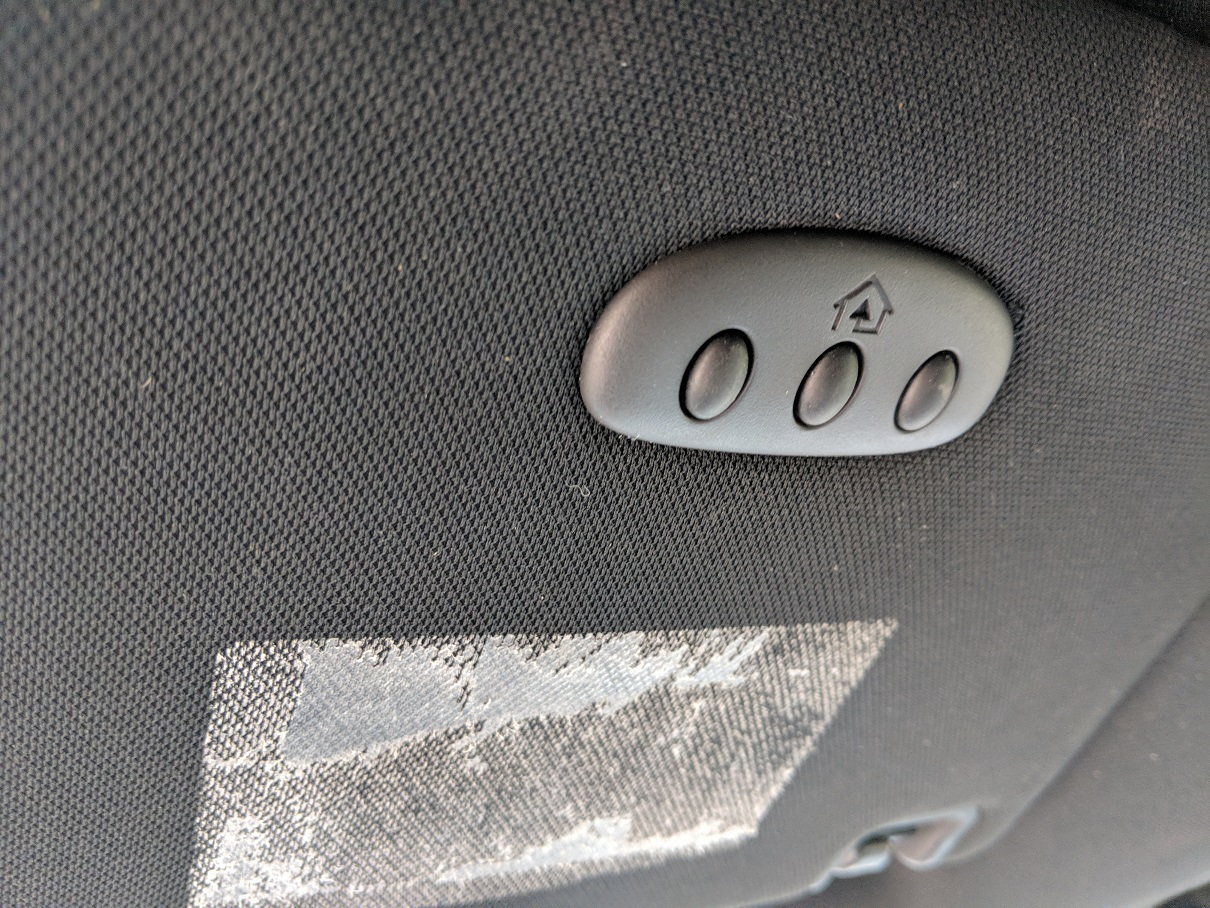


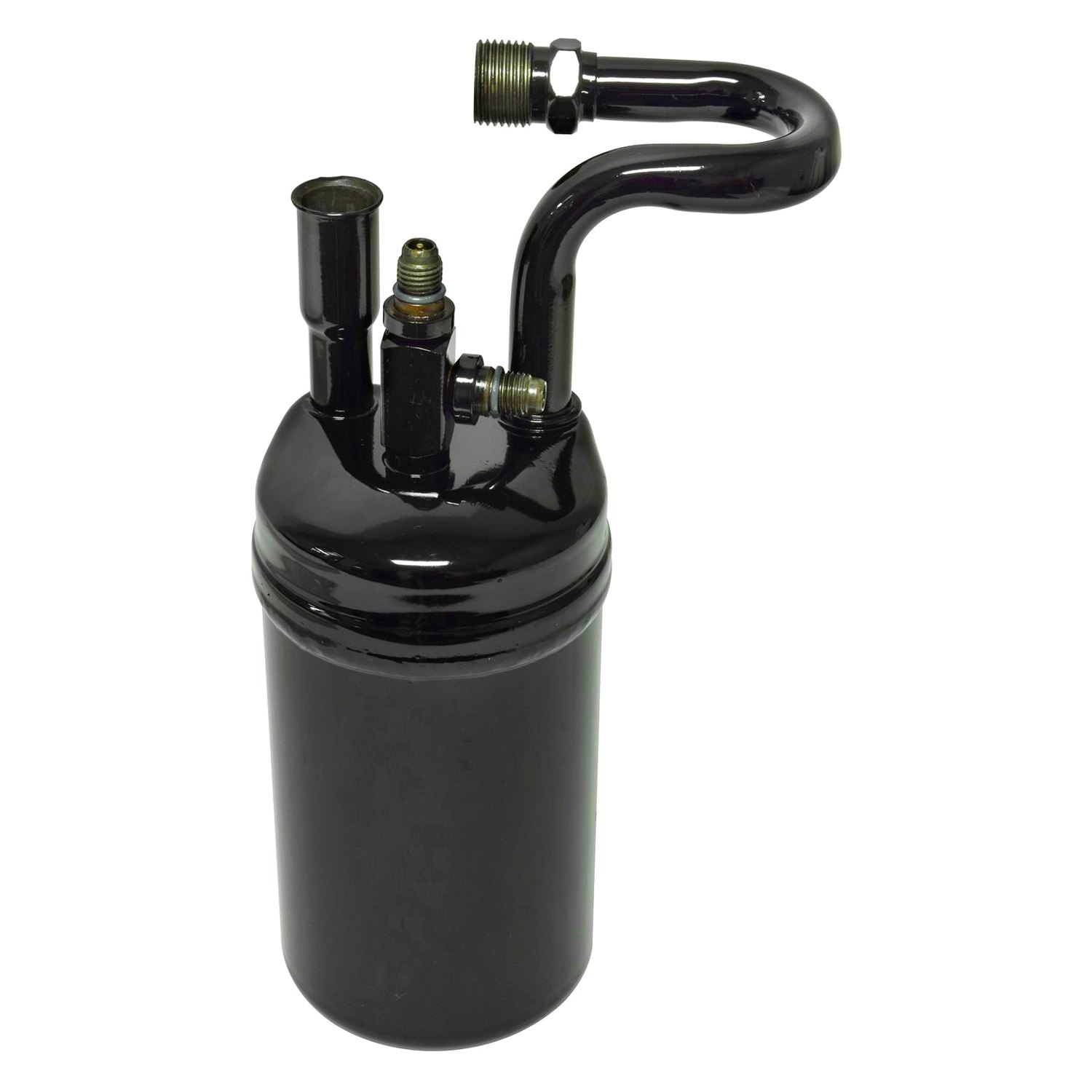
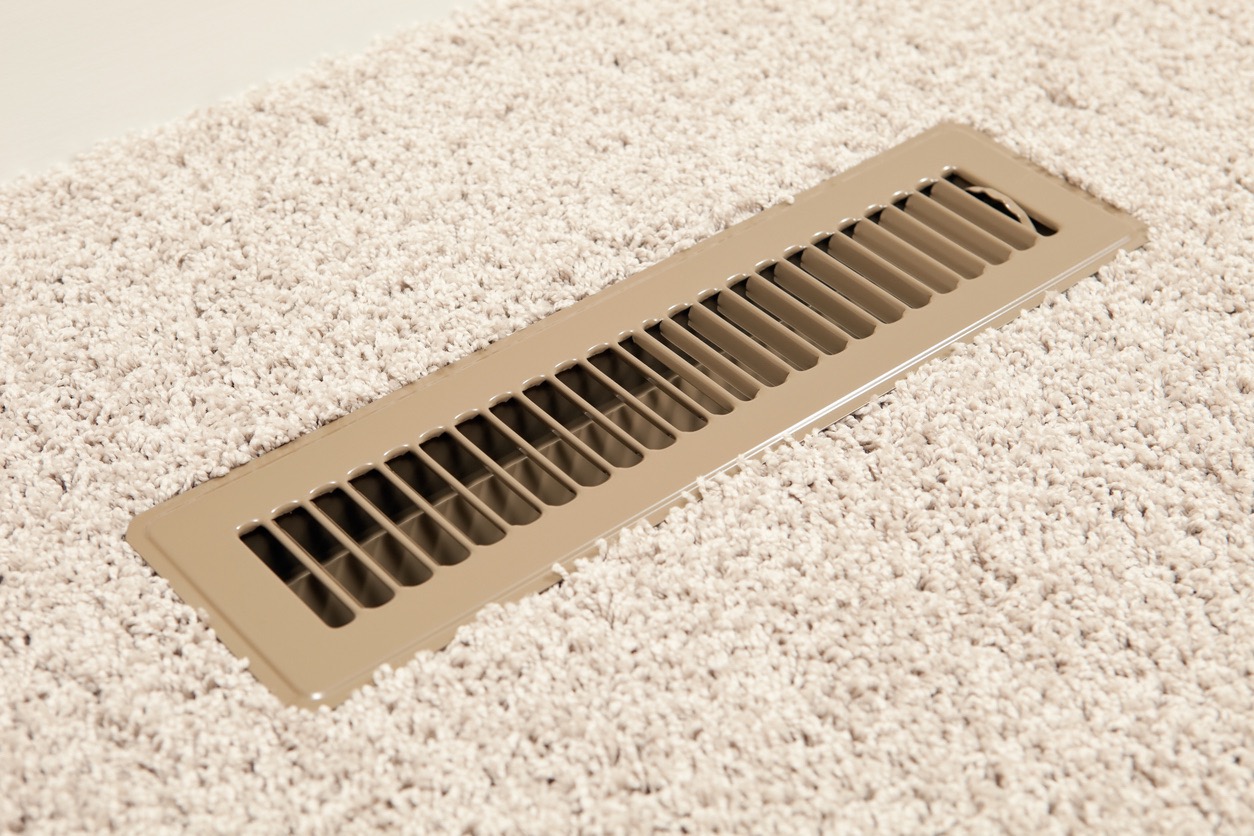

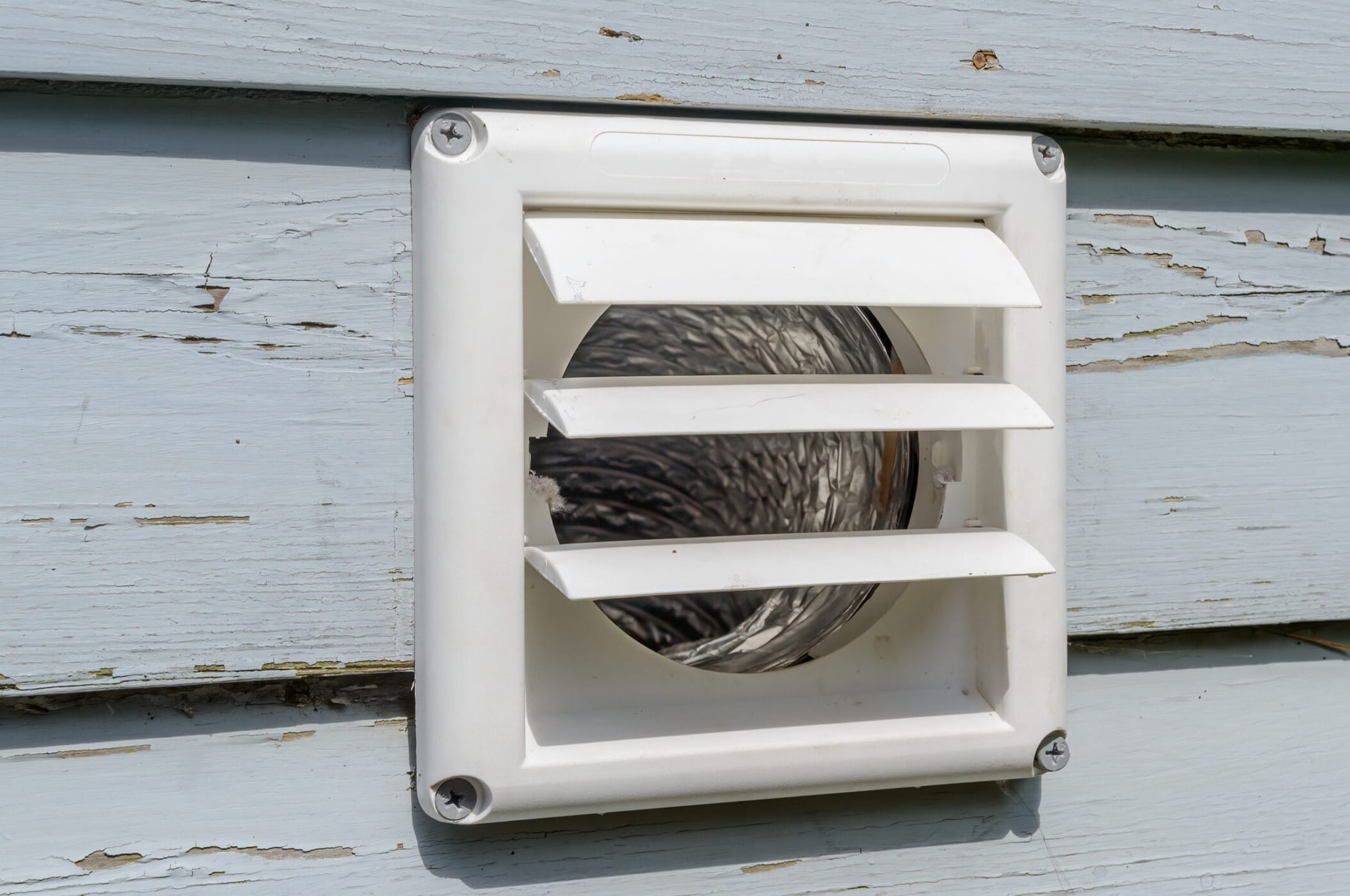
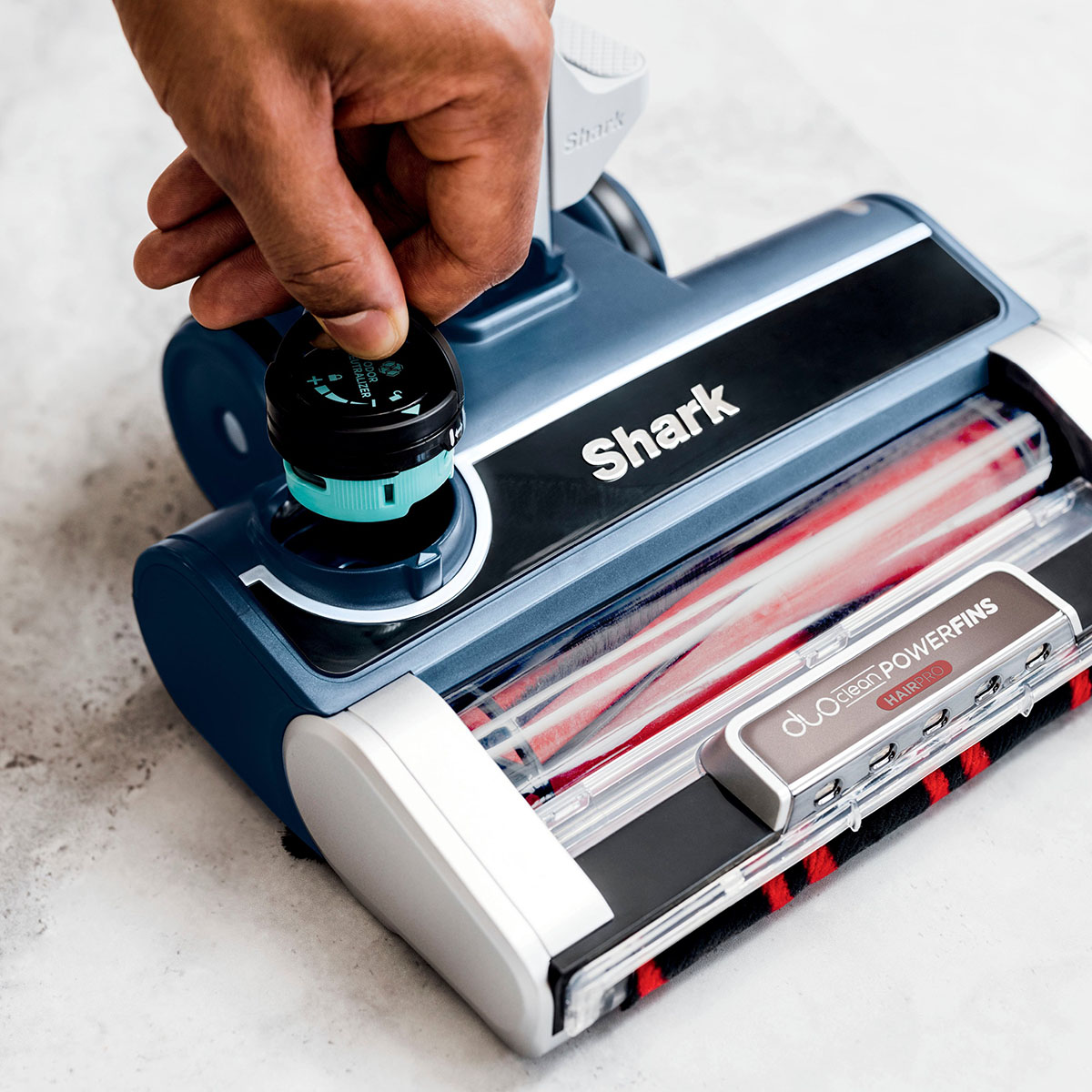
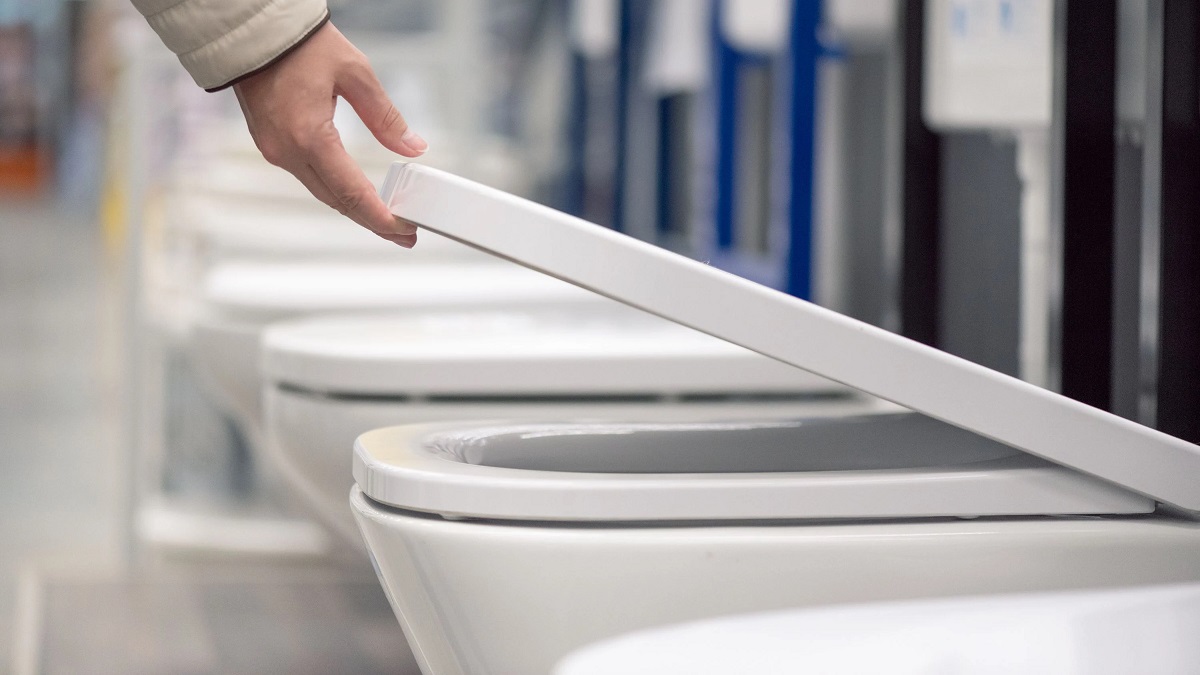

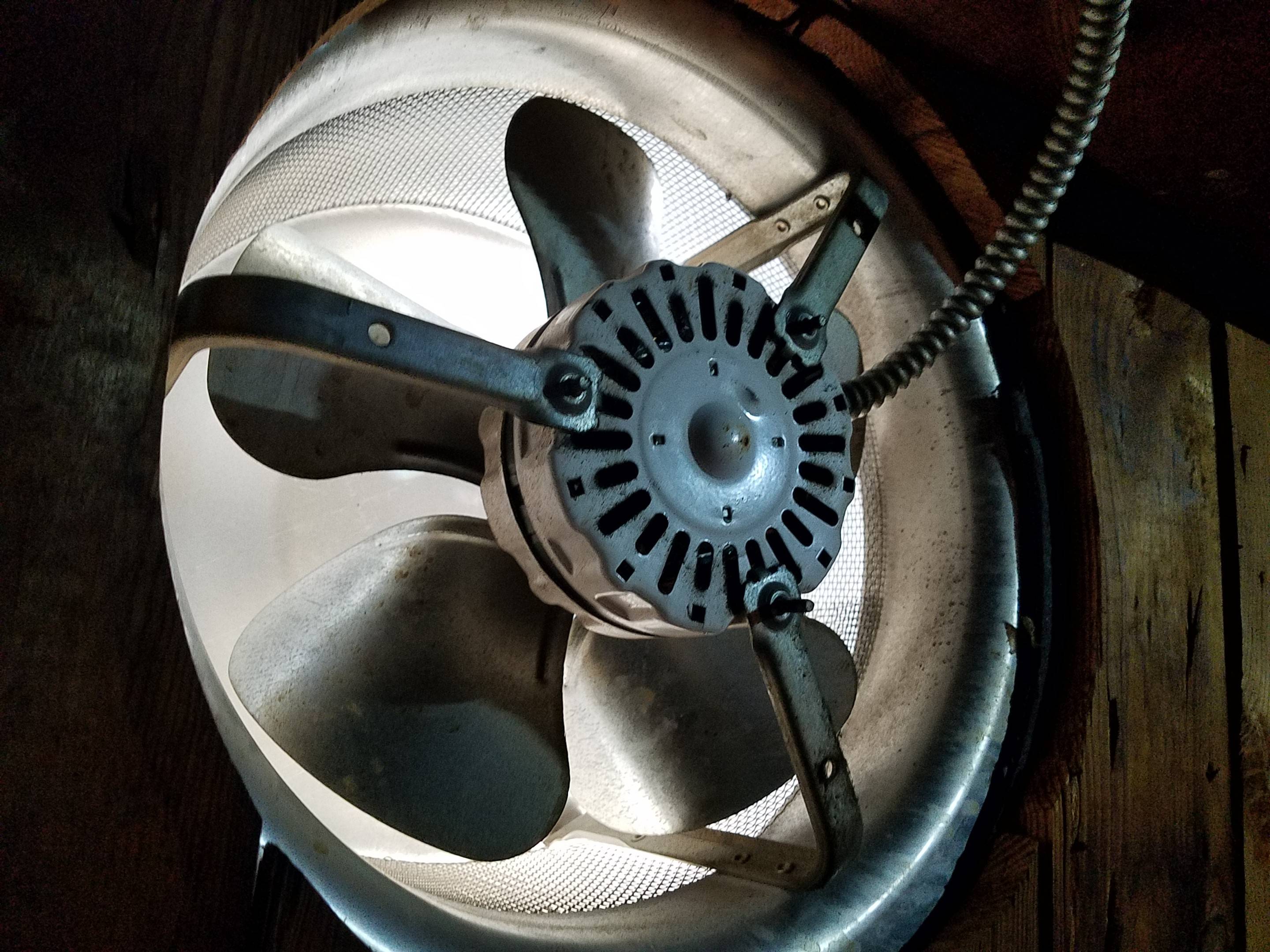
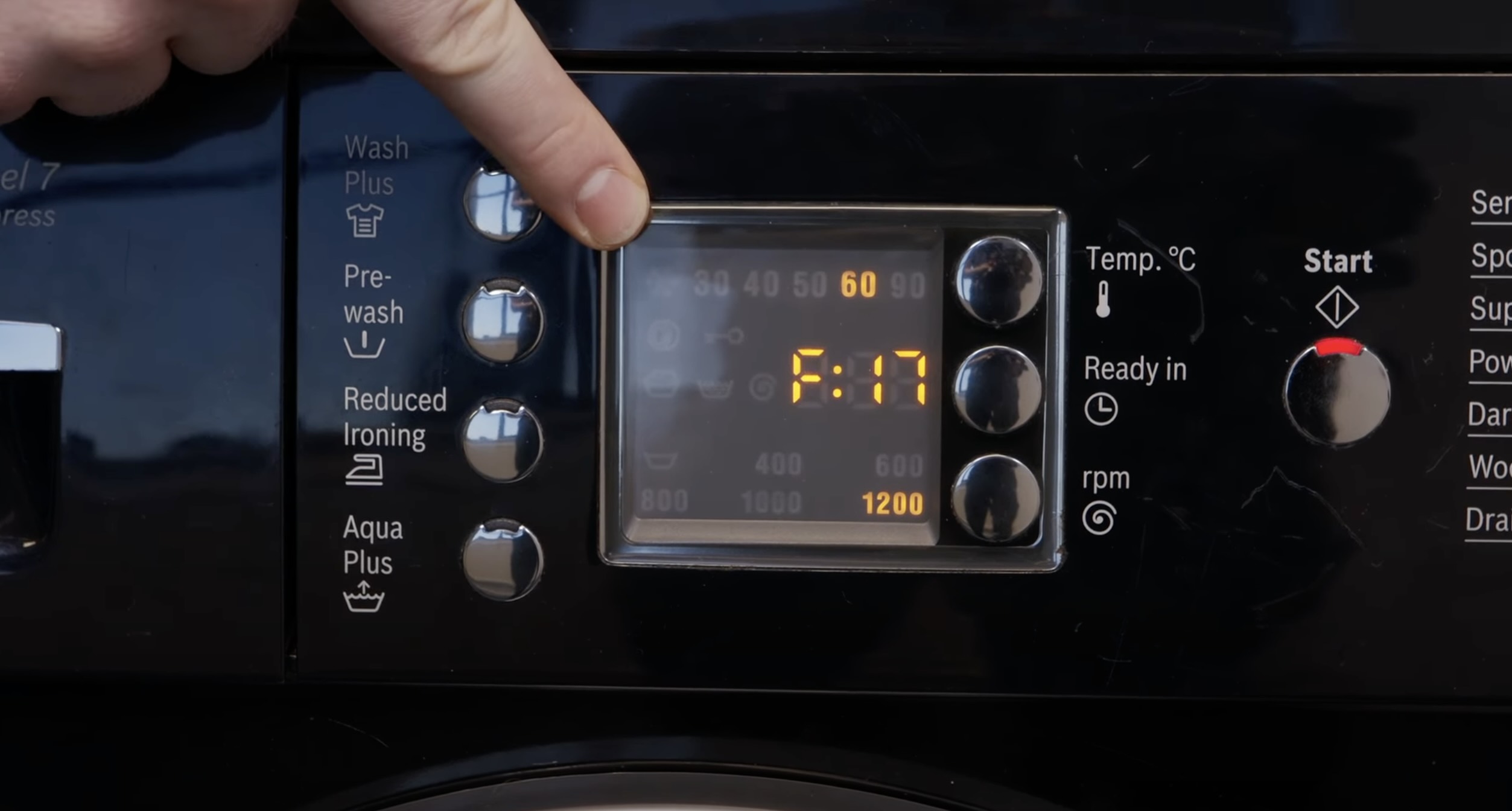
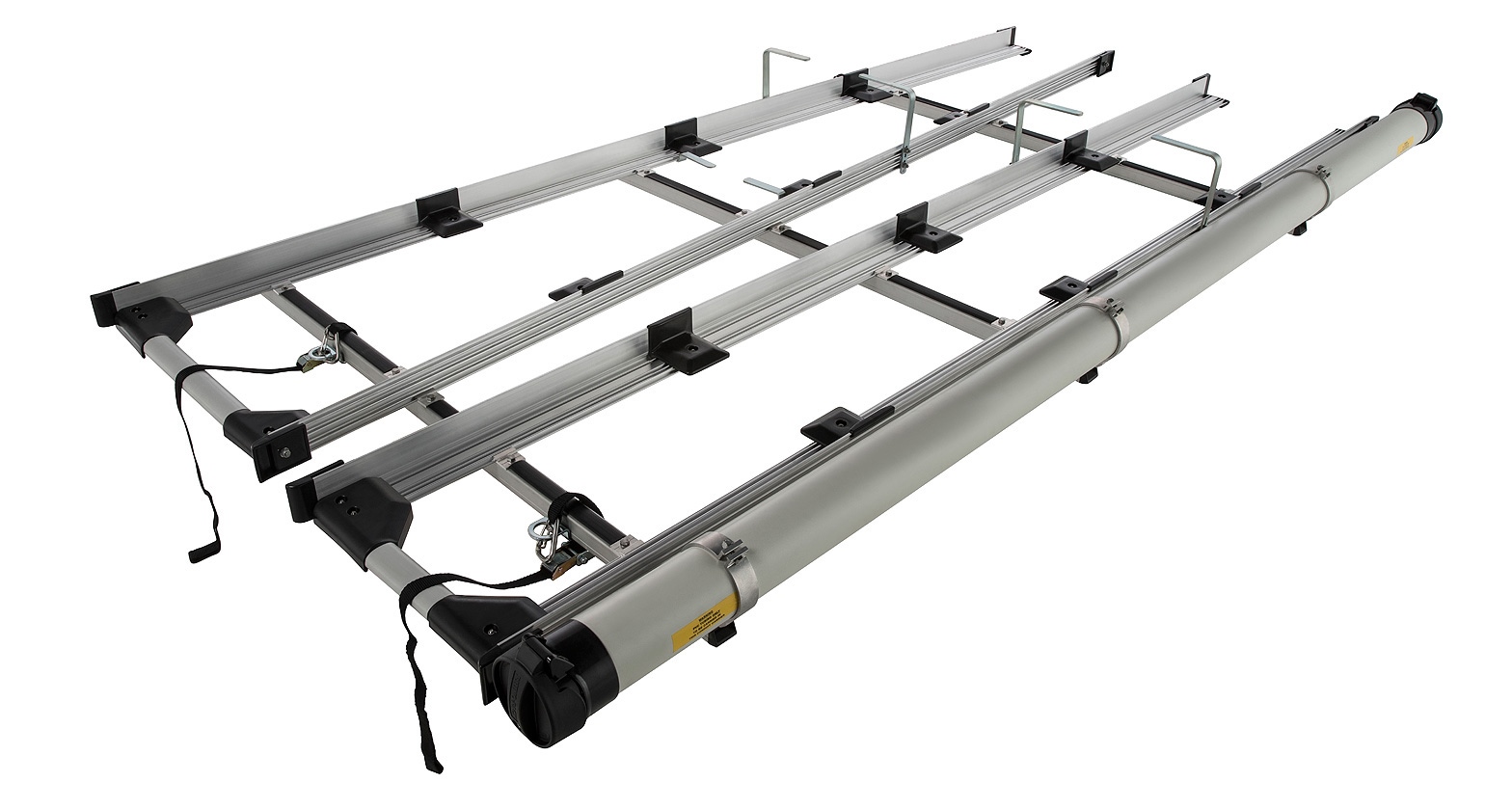
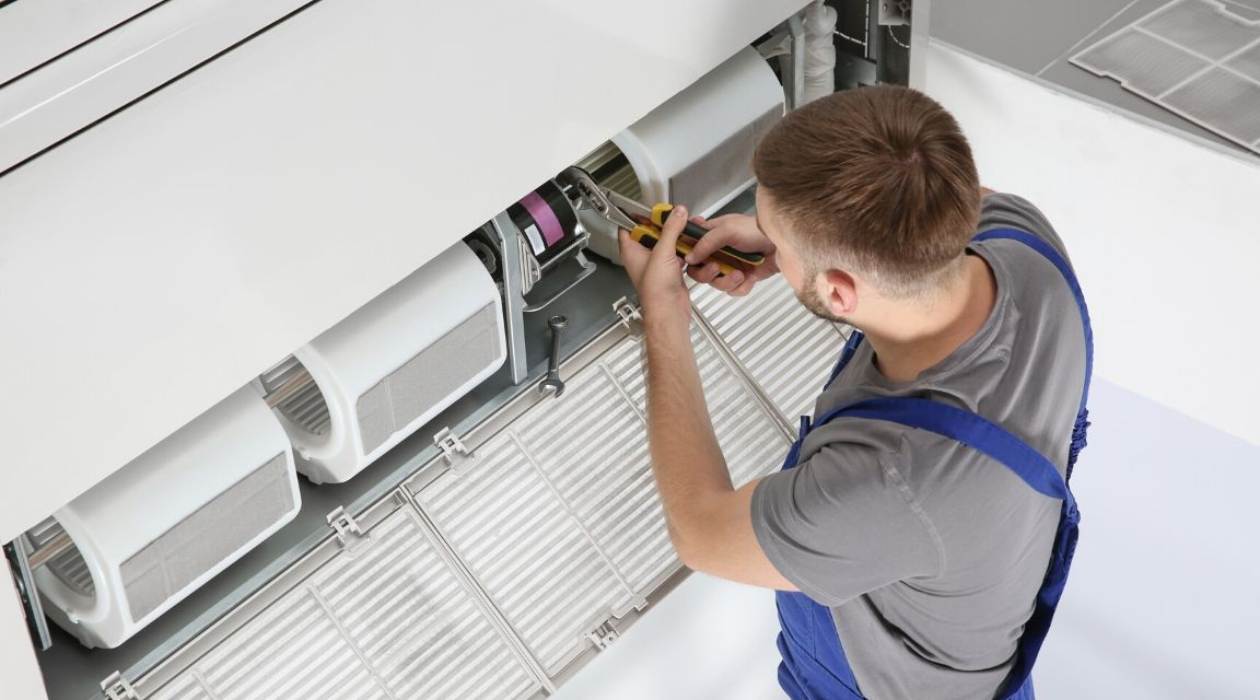

0 thoughts on “07 F150: Where Does The Outside Air Sock In For The Ventilation System”